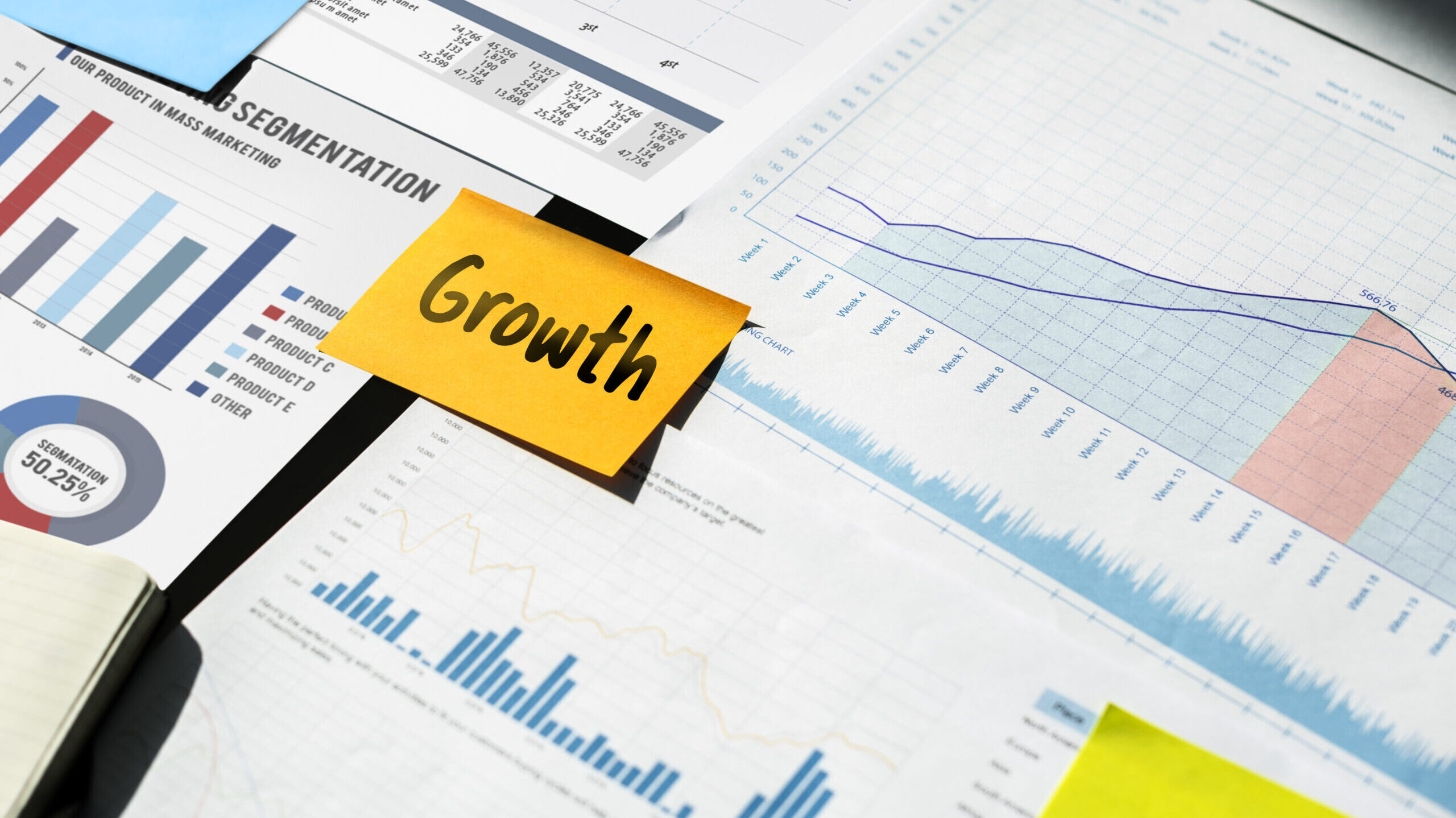The 5 Stages of Product Marketing
According to the Product Marketing Alliance (PMA), for a product to go to the market, that is, to be launched, it must go through five fundamental stages. These stages maximize the product’s absorption by the market and, if followed as recommended, minimize strategic communication and launch failures. We recommend that the stages be navigated by the team: Designers, Product Owners, Project Managers, Product Marketing Managers, and Programmers. Everyone must be on the same page regarding the product and, more importantly, each member of the team must know what specific needs and features it requires to be launched in the market.Stage 1: Discover
At this stage, the product will be tested on the market. The Discover stage requires a lot of attention, as this is where information is collected, and insights and assumptions about the product are turned into informed hypotheses. Among the key elements involved in Stage 1 are user/customer feedback, competitor analysis, and positioning. Here, the goal is to equip the product team with the information they need to start formulating a relevant strategy.Stage 2: Strategize
After the Discovery period (also called Trial), the product will likely undergo some changes to suit the market. In this Stage, adaptation strategies are created, in addition to the initial launch and pricing plan. Strategy is essential for powerful and grounded Product Marketing. If your product’s pricing is not appropriate, customers are likely to look elsewhere. Furthermore, if sales reps are not provided with enablement tools, they will not perform to their full potential. Therefore, paying more attention to every detail is essential, as neglecting one area can affect all others.Stage 3: Define
Everyone wants to create a product that impresses the user and, for that to happen, it is necessary to go through this phase in an intense and well-thought-out manner. This is not the time to skimp on the details. Defining the product communication channels, the marketing and sales funnel, and the consumer journey is the main focus. Much of the information collected in Stage 1 (Discover) is used in the strategic choices of the Define Stage. In addition, it is at this stage that the in-depth study of the product’s persona (or personas) takes place — which is extremely important for communication to be carried out correctly.Stage 4: Get Set
According to Benjamin Franklin, “Failure to prepare is preparation for failure”. So prepare yourself more and more to fail less and less. It is at this stage that we define the product launch plan. Therefore, it is necessary to gather all the information documented in the previous stages, train teams (sales, communication, performance), and create a calendar with all the actions to be performed: Marketing campaigns, social networks, newsletters, and cross-media, for example. This is the “butterflies in your stomach” stage – the one where you say “ready, aim…”Stage 5: Grow
“…Fire!” It is at this stage that the product is launched on the market. The team involved observes all the strategies created being put into action and is ready for any necessary intervention (which is natural to happen, especially if an MVP is being launched). As time passes and the market absorbs the product, it becomes essential to grow and think of new strategies for evolution and growth.Need help putting this plan into action?
We can’t deny that implementing the 5 Stages of Product Marketing takes time, dedication, and qualified professionals. Nevertheless, you have to keep in mind that these stages are part of your product’s success. In the past, much was said about products that sold themselves (and the sale often did not imply payment and purchase, but rather the absorption of the product by the market). However, nowadays, with the advancement of communication and technology, user decisions are getting faster. Therefore, it is essential to think and develop the product beyond its functionalities. This means that it is necessary to deliver value to the user. At SoftDesign, we are committed to a full delivery, from the idea to the result. Fill out the form below and count on us to put the 5 Phases of Product Marketing into practice. Together we will propel your product to the market!Let’s build exceptional software solutions together!
Experience having a reliable partner to your IT challenges. Let’s talk about our unique approach to discover and deliver outstanding solutions.

